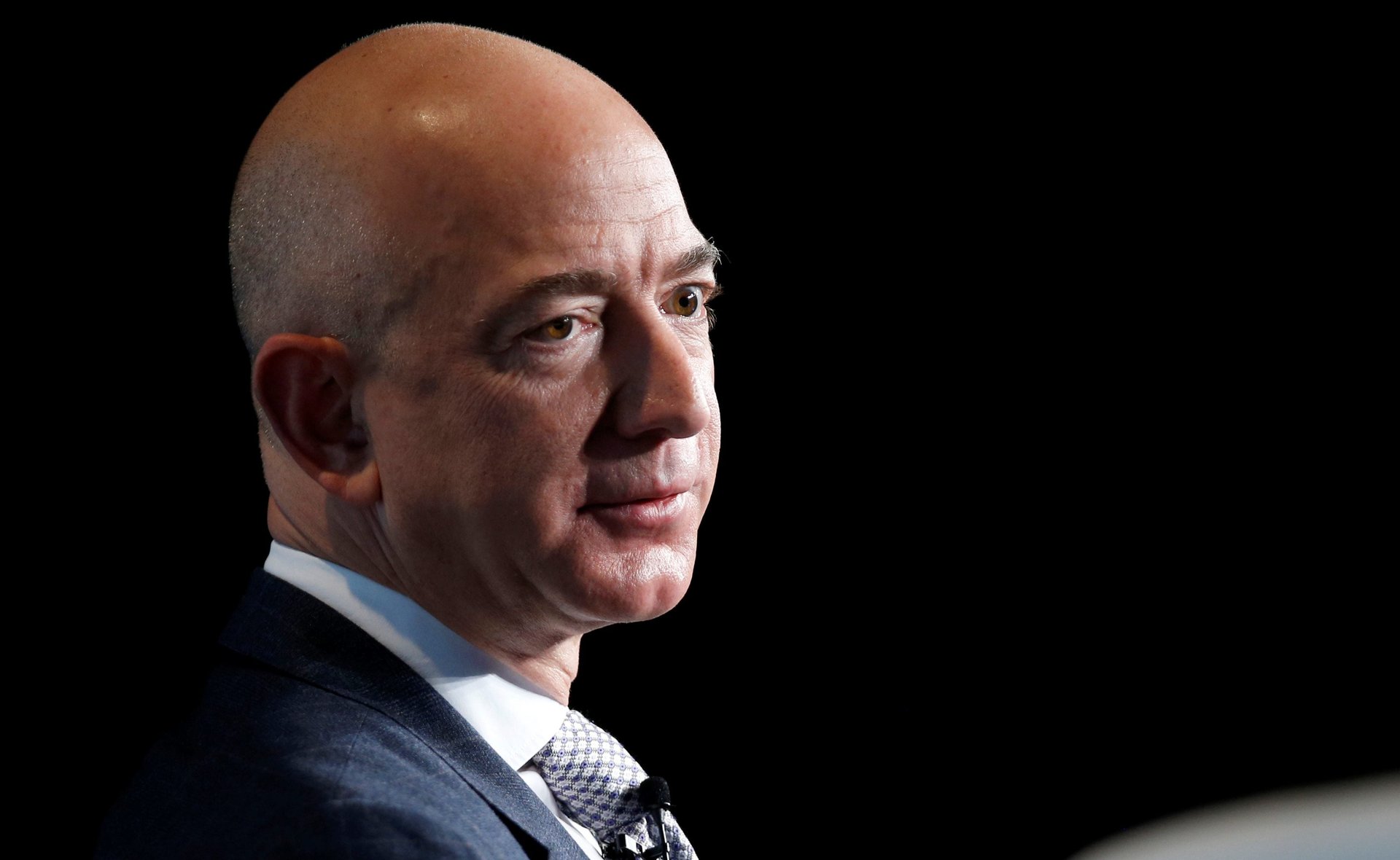Amazon is unapologetically spending money on one-day shipping
Amazon tried to warn them.


Amazon tried to warn them.
In April, chief financial officer Brian Olsavsky told investors the company would spend $800 million in the second quarter to transition to one-day shipping for Prime, Amazon’s signature membership program. “This is a significant step and it will take us time to achieve,” he cautioned.
Yesterday (July 25) Amazon shared results for that second quarter. The company posted $2.6 billion in quarterly profit, missing the $2.8 billion analysts had expected. Operating income, a measure of profit realized from a business’s operations, came in at $3.1 billion, $600 million lower than expected.
On a call after the results were announced, Olsavsky admitted Amazon had gone “a little bit higher” than the projected $800 million in quarterly costs. There were costs to transition warehouses and move inventory closer to consumers. Productivity declined. “It does create a shock to the system,” Olsavsky told investors.
Wall Street didn’t like it. Amazon’s stock dropped more than 2% in after-hours trading.
Less than five years ago, investors would have been overjoyed with those results. Amazon famously lost money for its first 17 straight quarters as a public company, bleeding a combined $2.8 billion. Once Amazon did start making money, it made very little of it. Amazon would report tens of billions of dollars of sales each quarter but a mere tens or hundreds of millions of dollars of profit. Despite this, Wall Street loved the business. Amazon was the rare company that trained investors to accept short-term losses, or minimal profits, in exchange for sustained investment in the future of the company.
In 2016, Amazon began to consistently turn a modest quarterly profit, a pattern that continued in 2017. Then in 2018 Amazon did something extremely out of character: It made a lot of money. For the full 2018 year, Amazon posted $10 billion in profit, more than its net income for the preceding 10 years combined.
Now Amazon has gone back to being very Amazon-y. The investment in one-day shipping is a quintessential Amazon undertaking: expensive, audacious, and relentlessly customer-oriented. Amazon CEO Jeff Bezos likes to talk about a business “flywheel,” in which investments in low prices and free shipping lead to more sales and more customers, which helps the company increase efficiency and generate cost-savings, which get invested back into the business, spinning the flywheel anew. Amazon believes one-day shipping will make its signature Prime membership even more irresistible to consumers.
“It strengthens your purchase decision,” Olsavsky said on yesterday’s call. “It strengthens the need to not have to go elsewhere to buy a product because you need it quickly. So I think it becomes a part of your routine.”
Amazon can spin the flywheel whenever it likes. As they say in finance, past performance is not indicative of future results.